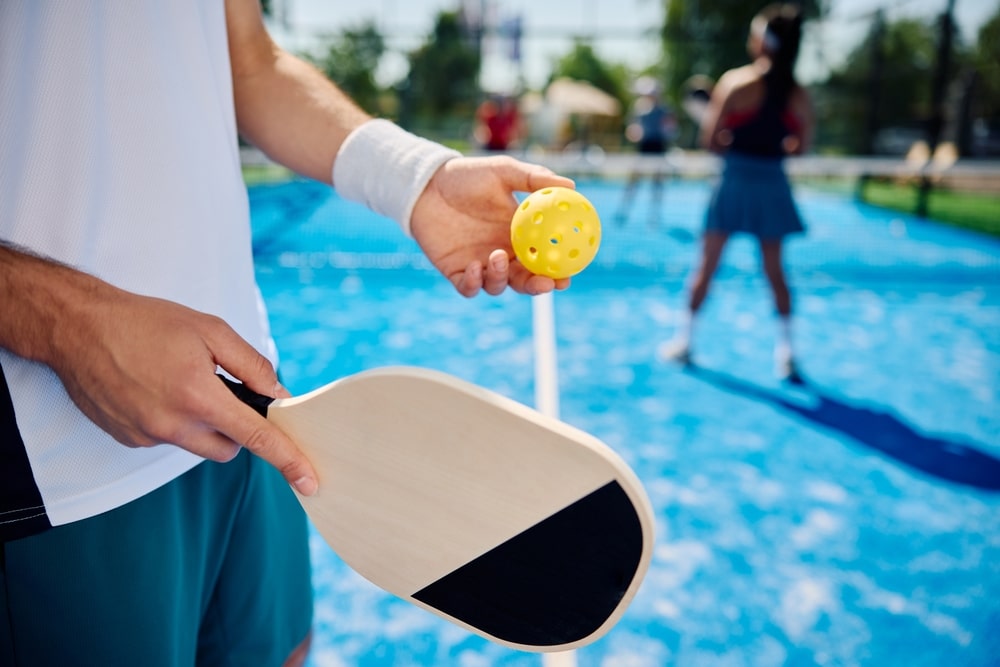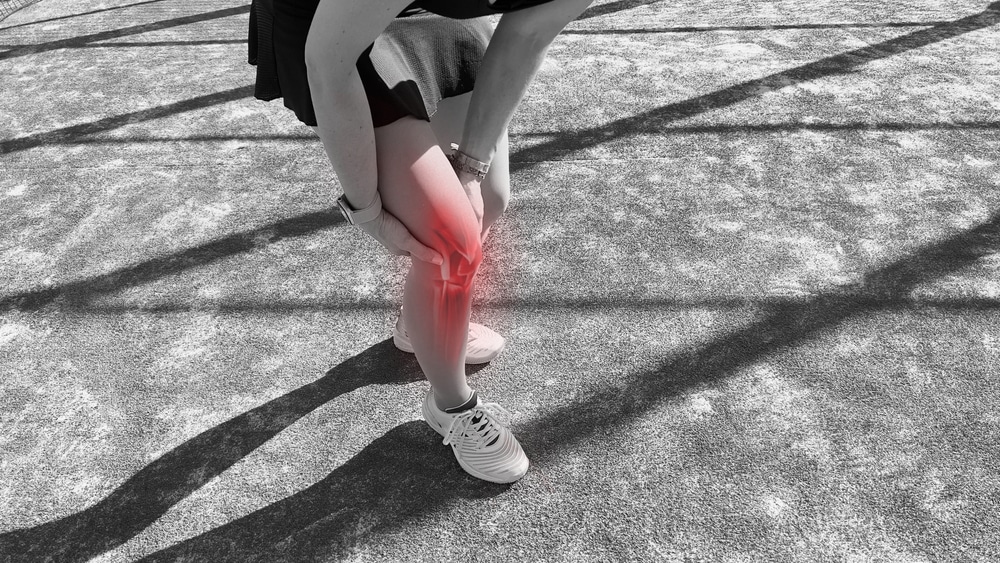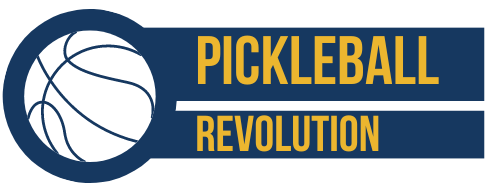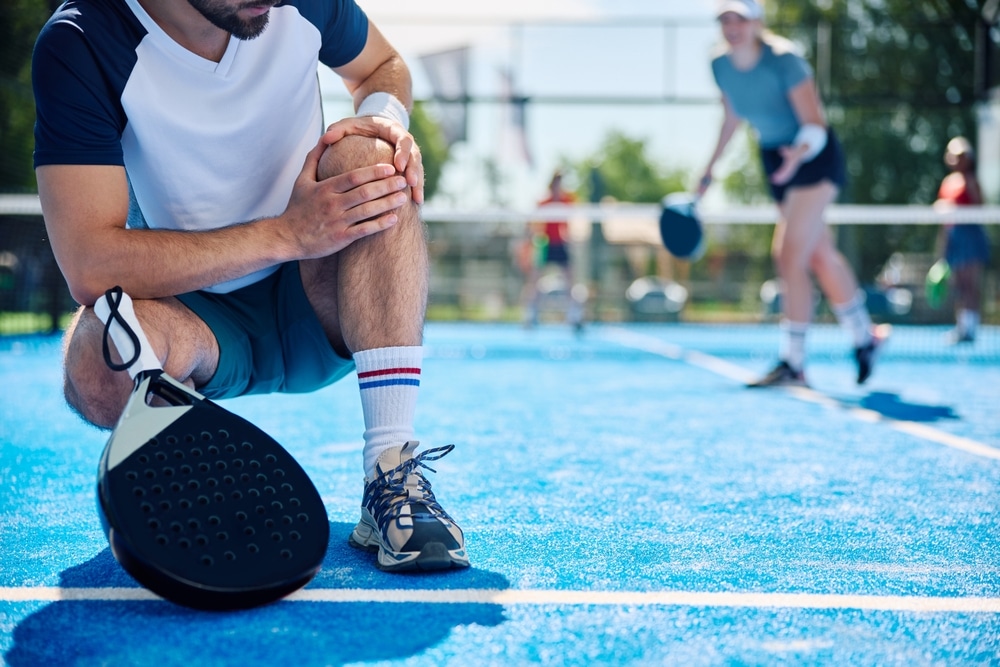Table of Contents
Using pickleball strategy doubles is the best thing for pickleball enthusiasts. However, several pickleball injuries are also credited to this every year. Whether it’s a retinal tear or any of the other common ones, pickleball injuries are on the rise and have been the latest news for some time now. Now, if you’re worried about preventing injury and getting back on track, you don’t have to look any further. In this blog, we will explore several kinds of injuries caused in the field. Moreover, we will walk through the physical therapies necessary for these hurtful injuries. So, let’s dive into the solutions to our pain and get our pickleball master skills going.
Pickleball Injuries

Participation in pickleball, a racquet sport that combines aspects of badminton and tennis. Moreover, ping pong has increased, especially among seniors 55 and older. This particular information is also given according to the National Institute of Health. Pickleball’s low impact and simple learning curve make it a popular activity. However, its quick expansion has highlighted a worrying trend: an increase in pickleball injuries. Although it has a reputation for being easily accessible, the population’s injuries have significantly increased because of the dynamic movement. Moreover, speed requirements and requirements for balance and strength. Knee, shoulder, and eye injuries are common pickleball injuries; in rare instances, these injuries can even be fatal. There is an increasing emphasis on preventive measures to ensure that players enjoy pickleball safely and sustainably. Moreover, rehabilitation procedures specific to the demands of the sport as sports medicine specialists work to address this trend.
Common Types of Pickleball Injuries
The most common injuries from pickleball are increasing every day. The rise in major injuries among pickleball players is troubling, given the sport’s recent popularity. Data relating to pickleball-related bone fractures have increased by 200% in the last 20 years, according to information from the annual American Academy of Orthopedic Surgeons meeting. To address these rising injury rates, there is an urgent need for increased awareness and preventative techniques due to the sport’s rapid expansion in the United States, which is expected to reach 8.9 million players by 2023, according to USA Pickleball.
Kinds of Pickleball Injuries
Even though pickleball is a well-liked sport, there are other ailments than fractures that can occur, like sprained ankles, ACL damage, rotator cuff tendon injuries, deteriorating arthritis, Achilles tendon strains or tears, foot fractures, retinal tears, and retinal detachment. Players should pay attention to their bodies, use eye protection, use knee braces when necessary, and think about physical therapy to prevent injuries. Tennis courts should be safe places where the game is frequently played. Common injuries like tennis elbow and shoulder pain should be treated right away.
Pickleball Eye Injuries
Pickleball’s dynamic style increases the danger of eye injuries, especially in doubles matches when players are often close to the net. Pickleball’s sharp edge frequently causes corneal abrasions, which can be uncomfortable and possibly impair vision. Berlin’s edema, which results in a transient loss of vision, can also be caused by the collision of rapidly moving balls. Significant risks exist for more serious outcomes, such as retinal tears or detachment, particularly in people with myopia or a history of eye surgery. Players are encouraged to practice correct technique, maintain spatial awareness, and wear protective eyewear made for sports to reduce these dangers. Setting safety precautions as a top priority guarantees enjoyable gameplay while protecting eye health.
Pickleball Knee Injuries
Because pickleball is such a dynamic sport, knee sprains, muscular strains (especially in the hamstrings and quadriceps), and meniscal tears are prevalent. Sudden movements can cause a sprained knee, which results in ligament strain and restricted mobility. Explosive movements can cause muscle strains in the hamstrings and quadriceps. Quick changes in direction can result in meniscal injuries, which cause discomfort and instability. Furthermore, the symptoms of arthritis may worsen for athletes. The right warm-up, technique, and equipment use are all part of prevention. To properly manage injuries, prompt treatment and rehabilitation are crucial. Players must know these dangers to play pickleball with the least knee pain.
Pickleball Shoulder Injuries
A growing number of people of all ages are playing pickleball, which has increased shoulder problems, especially rotator cuff strains and injuries. The game’s fast-paced motions and frequent overhead swings strain the shoulder muscles, frequently resulting in overextension and consequent injuries. Although these injuries may initially cause only mild discomfort, over time, they may worsen and cause chronic pain, inflammation, and a discernible loss of shoulder range of motion. Despite the sport’s widespread appeal, players must know the importance of correct warm-up routines, technical improvement, and consistent conditioning workouts to reduce the chance of shoulder injuries and guarantee a lifetime of fun.
Preventing Pickleball Injuries

Now, you must be wondering how to prevent pickleball injuries.
Warm Up and Stretch Before Playing
One of the best ways to prevent injuries in pickleball is by preparing your body before hitting the court. A proper warm-up increases blood flow to your muscles, improves flexibility, and reduces the risk of strains and sprains.
Proper Pickleball Equipment
Equip yourself with the right footwear to avoid slips and falls. Make sure it has sufficient traction and ankle support. To lower the risk of eye injury and foot, ankle, and leg problems, think about using court shoes made for pickleball or tennis.
Good Quality Racket
Choose a lightweight racket that can absorb impact and save the forearm muscles from strain to lessen the chance of pickleball elbow.
Regular Exercise
Include strengthening exercises, such as squats, lunges, and calf lifts, to develop total body strength and muscle and reduce the chance of frequent pickleball injuries.
Stretching
Before matches, prioritize a proper warm-up and stretch routine to lessen muscle tension and avoid strains.
Hydrate
To help minimize heat-related injuries and speed up recovery, drink enough water before, during, and after games, especially if you’re playing outside in the hot weather.
Play with Proper Technique
Poor technique can lead to repetitive stress injuries like tennis elbow and shoulder strains.
Be Aware of Your Surroundings
Pickleball courts can get crowded, so it’s essential to stay alert and avoid collisions. Call “Ball!” If a ball rolls onto your court, stop play and alert others.
Physical Therapy
To ensure appropriate healing and injury prevention, consider discussing rehabilitation and preventive techniques specific to common pickleball injuries with a physical therapist.
Final Thoughts
Pickleball deaths are due to pickleball injuries; even the thought of it makes you wonder: Is pickleball dangerous? However, awareness of the injuries linked to pickleball is growing along with the sport’s popularity. The typical pickleball injuries range from common knee injuries and shoulder soreness to pickleball eye injuries like retinal tears. However, players can greatly reduce the chance of damage by being aware of these hazards and adopting preventive measures like wearing knee braces and eye protection and listening to their bodies. Further risk reduction can be achieved by using appropriate warm-up routines, stretching exercises, and consulting with physical therapists.
In conclusion, safety and injury prevention must come first as we traverse the thrilling world of pickleball to ensure long-term enjoyment of the game. Players may protect their health and maintain their pickleball love for years by being aware of the possible risks and taking preventative action.





